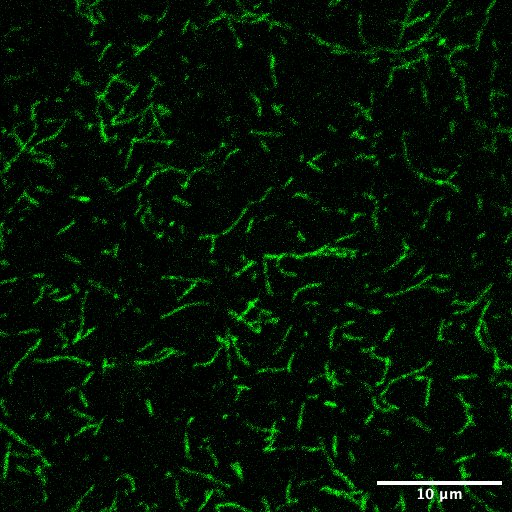
Recombinant beta Actin (ACTB) Human Recombinant Protein
€350.00
41.61 kDa
Recombinant Human beta actin.
Fully functional.
Polymerises and depolymerises.
Activates ATPase activity of myosin.
Purity: >95%
No tags.
Sequence:
DDDIAALVVDNGSGMCKAGFAGDDAPRAVFPSIVGRPRHQGVMVGMGQKDSYVGDEAQSKRGILTLKYPIEHGIVTNWDDMEKIWHHTFYNELRVAPEEHPVLLTEAPLNPKANREKMTQIMFETFNTPAMYVAIQAVLSLYASGRTTGIVMDSGDGVTHTVPIYEGYALPHAILRLDLAGRDLTDYLMKILTERGYSFTTTAEREIVRDIKEKLCYVALDFEQEMATAASSSSLEKSYELPDGQVITIGNERFRCPEALFQPSFLGMESCGIHETTFNSIMKCDVDIRKDLYANTVLSGGTTMYPGIADRMQKEITALAPSTMKIKIIAPPERKYSVWIGGSILASLSTFQQMWISKQEYDESGPSIVHRKCF
Post-translational modifications:
Acetylation of N-terminus
Methylation of His73
Beta-actin (β-actin) is a highly conserved, ubiquitous cytoskeletal protein that plays a crucial role in cell structure, motility, and intracellular transport. It is encoded by the ACTB gene in humans and is one of the six isoforms of actin found in eukaryotic cells. β-actin is primarily found in non-muscle cells, where it contributes to maintaining cell shape, enabling cellular movement, and participating in processes such as endocytosis and intracellular trafficking.
Key Functions of Beta-actin:
Cytoskeleton Maintenance: Forms microfilaments, providing structural support and stability to the cell.
Cell Motility: Essential for cell migration, particularly in wound healing and immune responses.
Intracellular Transport: Facilitates the movement of organelles and vesicles within the cytoplasm.
Gene Expression Regulation: Functions as a scaffold in the nucleus, influencing transcriptional activity.
Signal Transduction: Plays a role in mechanotransduction, responding to physical forces exerted on the cell.
Cell Division: Participates in cytokinesis, the final step of cell division.
Structural Features:
Composed of 375 amino acids with a molecular weight of ~42 kDa.
Exists in both monomeric (G-actin) and polymeric (F-actin) forms, dynamically assembling into actin filaments.
Contains an ATP-binding site crucial for polymerization and depolymerization processes.
Beta-actin vs. Other Actin Isoforms:
Alpha-actin (α-actin): Found mainly in muscle cells and involved in muscle contraction.
Gamma-actin (γ-actin): Present in non-muscle cells, particularly in stress fibers and the cytoskeleton.
Beta-actin (β-actin): More prominent in the leading edge of migrating cells, playing a role in cell movement.
Clinical Relevance:
Cancer: Dysregulation of β-actin expression has been linked to tumor progression and metastasis.
Neurodegenerative Diseases: Altered β-actin dynamics have been associated with conditions like Alzheimer’s and Huntington’s disease.
Genetic Disorders: Mutations in the ACTB gene can cause Baraitser-Winter syndrome, a developmental disorder characterized by brain abnormalities and facial dysmorphisms.
Because β-actin is expressed in almost all cell types, it is commonly used as a loading control in Western blotting and other protein expression studies.
